Hurtling up a make-shift ramp at speed and attempting Evil Knievel-style wheelies was a favourite pastime of many kids in Dundee.
The bike craze took off in the 1970s and 1980s.
To celebrate Bike Week 2022 we have opened DC Thomson’s archives to take a ride down memory lane and find young daredevils with energy to burn!
The Raleigh Chopper
The 1970s was the decade when we saw all kinds of wonderful new toys for kids and grown-ups and the must-have bike was the Raleigh Chopper.
Inspired by drag-cars and motorcycles, the Chopper embodied rebellion and freedom, and brought a taste of cool Americana to the playgrounds of Dundee.
Indeed an advertising campaign described it as “the next best thing to a sports car”.
With its high-rise handlebars and unique wedge-shaped frame, the Chopper was unlike any bike around and topped Christmas lists for a decade.
The emergence and growth of the Chopper gave kids the freedom of riding their bikes all day until the street lights came on at night and it was time to go home.
When they originally appeared, in 1972, the price would have been around £36 and upwards, depending on which retailer you went to.
The bike had features which wouldn’t have been allowed for safety reasons today, such as a gearstick mounted on the crossbar, meaning children had to let go of the handlebars and reach 18 inches or so to change gear.
The comfy, long seat with back-rest was perfect for giving “backies” to your mates as everyone blatantly flouted the safety warning message written on a tape across the seat about not riding pillion!
“Backies” were not the only source of peril, especially when your “passenger” was leaning dangerously over to one side trying to put a lollipop stick in the spokes of the back wheel for extra cool factor.
There was also the must-be-tried-once “no-handers” manoeuvre, which often resulted in the premature parting of child and front teeth!
The BMX bike arrived on the scene
Millions of Raleigh Chopper bikes were sold in the 1960s and ’70s and they saved the Nottingham-based company at the time, as traditional bike sales had declined so much.
However, it fell out of fashion in the 1980s when the cheaper BMX arrived on the scene, and the last genuine Chopper rolled off the production line in 1982.
Since production ceased, the bike has built up a cult following.
Designed for speed and stunts, the BMX bicycle – short for Bike Moto Cross – was also lighter, shorter and sturdier than its predecessors.
The trend was noted by the film director Steven Spielberg, who featured the bikes in memorable scenes in his 1982 blockbuster E.T.: The Extra-Terrestrial, effectively triggering a new trend that saw a surge in BMX production.
It soon became a slice of ’80s youth culture and there were further big-screen films including 1983’s BMX Bandits starring a 16-year-old Nicole Kidman.
Do you remember the BMX bike frames and pointy racing helmets?
Most Dundee kids with a BMX bike were simply having too much fun to actually bother with little things like helmets in these pre-health and safety-obsessed days, of course!
Enterprising Dundee BMX bikers would collect scrap material and save up their pocket money to buy bits of wood for building bike jumps.
And there was delight all around during the Easter Holidays in April 1984, when a dedicated dirt track was opened for youngsters in Fintry.
The track, located at Finlathen Park, underneath the viaduct, was built for £840 as a safer alternative to kids’ DIY efforts and featured various humps and bumps.
By the mid-80s BMX clubs had appeared all over the north-east of Scotland and some teen riders were good enough to turn semi-professional.
Scott Carroll was 15 when he won the BMX World Championship in 1987, after hours spent training in his back garden in Broughty Ferry.
John Buultjens pedalled his way to success as one of the world’s best BMX riders, after honing his skills in abandoned factories in Dundee.
John’s autobiography, Ride: BMX Glory, Against All The Odds, struck a chord with audiences across the world and there was even an adapted movie of his life story starring rapper-turned-actor Ludacris Shane Graham in 2020.
He started on the path to becoming one of the biggest names in BMX after he got his first bike after watching ET at the cinema.
“I was the only kid in Harris riding a BMX bike,” he said.
“Despite all the things I’ve experienced — starring in a film about my life and becoming brand ambassador for Haro bikes — I’d still say my best memories were riding in the building where the DCA now stands.”
BMX was everywhere in the 1980s
BMX clubs would meet across the region, usually on Sundays, but sometimes on Wednesdays during the lighter summer evenings.
Dozens of youngsters from the country and city would vie for trophies and titles at meet-ups hosted by clubs like the Angus Arrows and Perth Pumas.
For those magical few years, BMX was everywhere and meant everything.
When mountain bikes began to catch on, BMX faded in popularity in the 1990s, but recently there has been a resurgence fuelled by nostalgia.
It has been in the Olympics since 2008 and a sport at which Team GB’s Beth Shriever won gold and Kye Whyte silver at the Tokyo Olympics last year.
Now it’s more than just a nostalgia trip.
More like this:
From rust to restoration: Meet the Fife man who has rebuilt more than 700 Raleigh Chopper bikes
Thrills and spills: Looking back at Dundee’s fearless BMX bikers
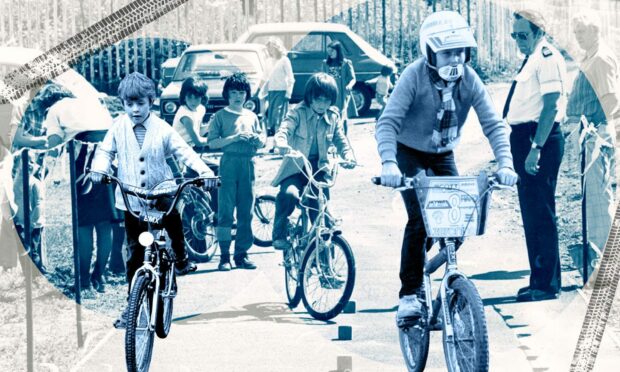
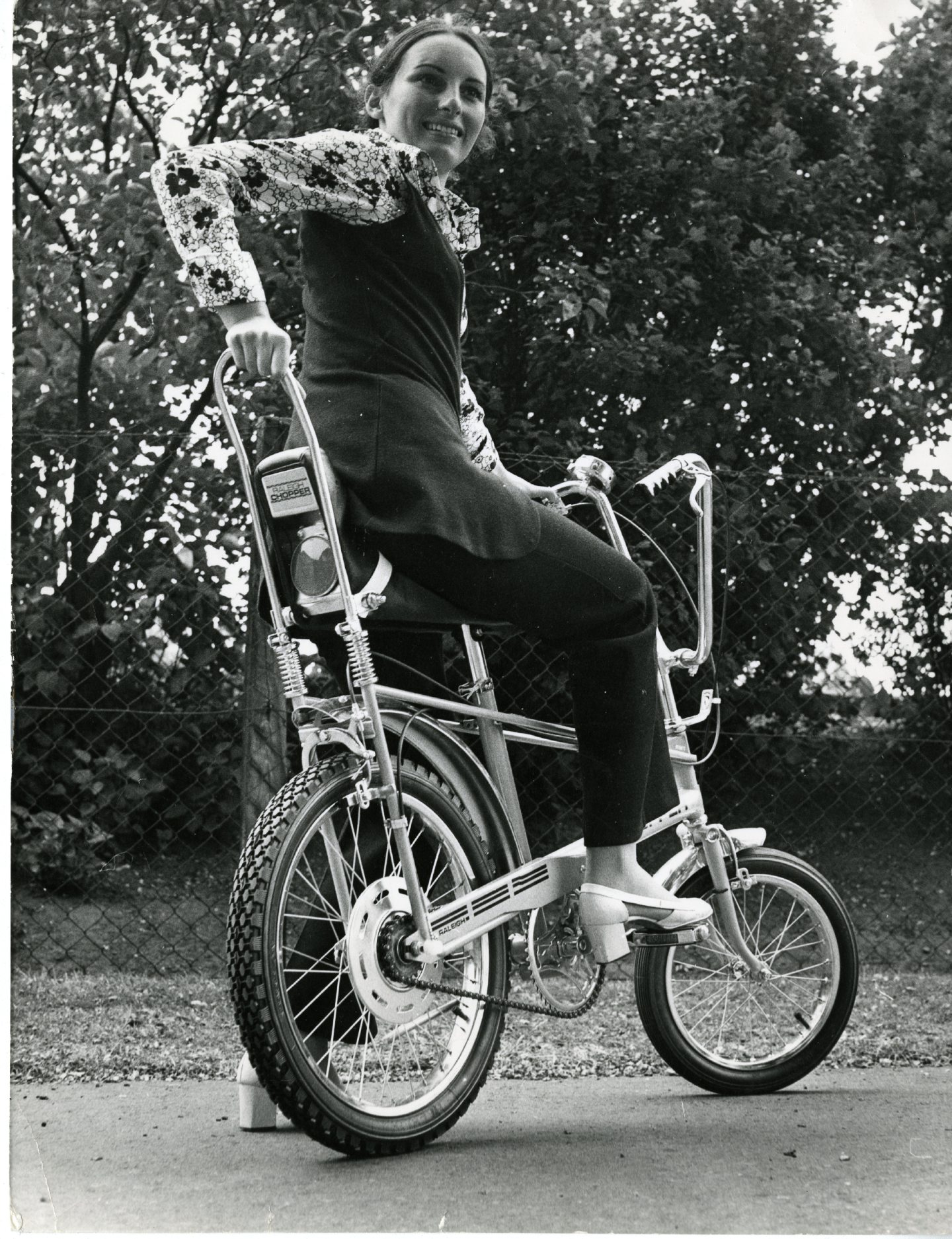
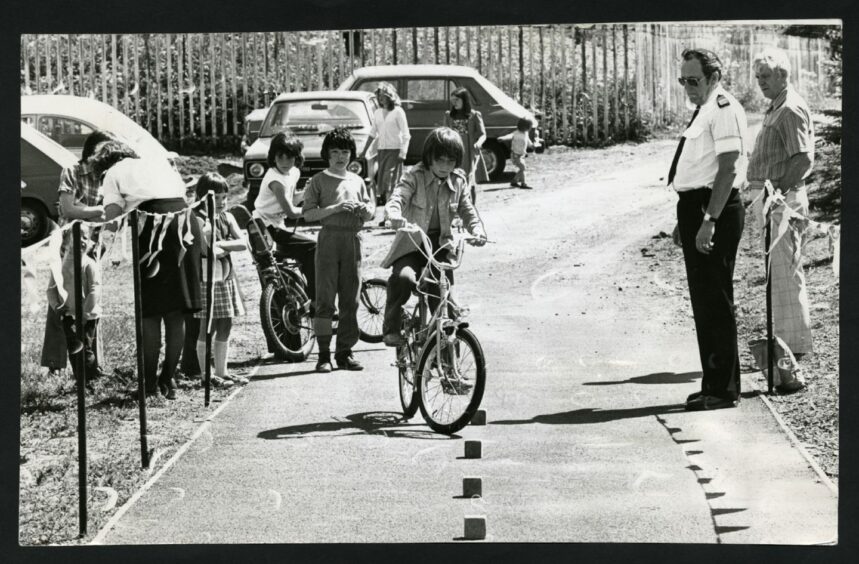
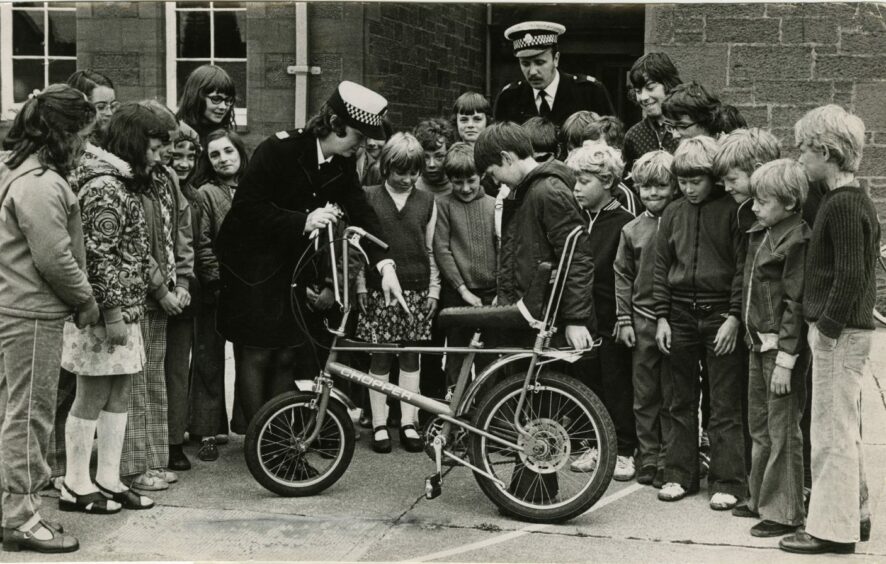
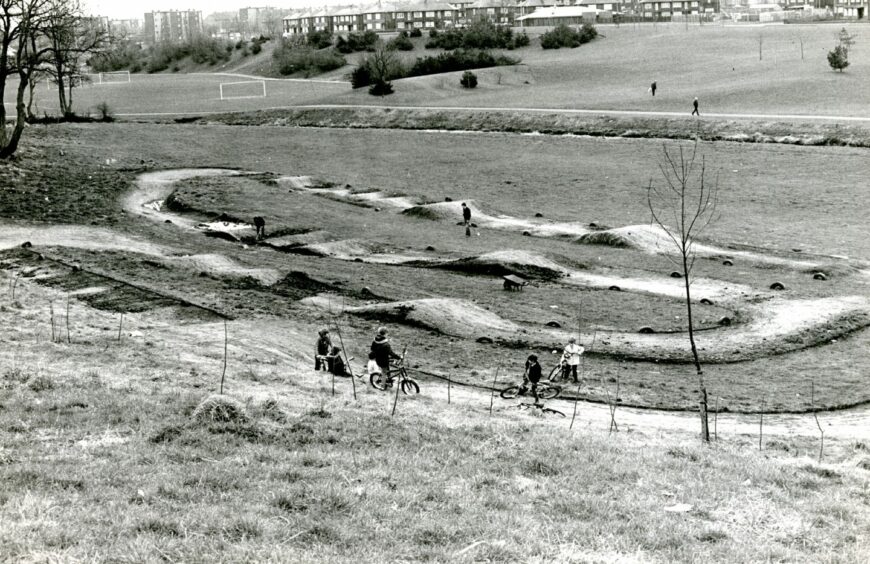
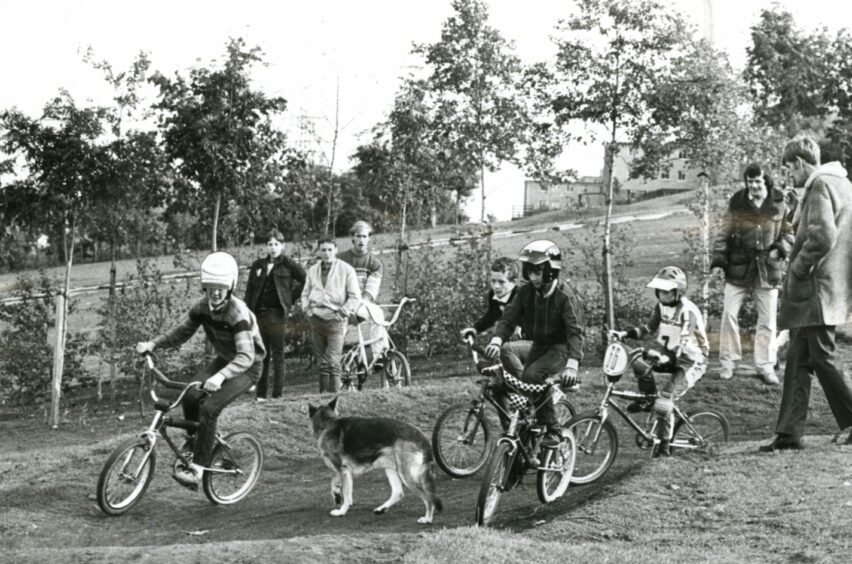
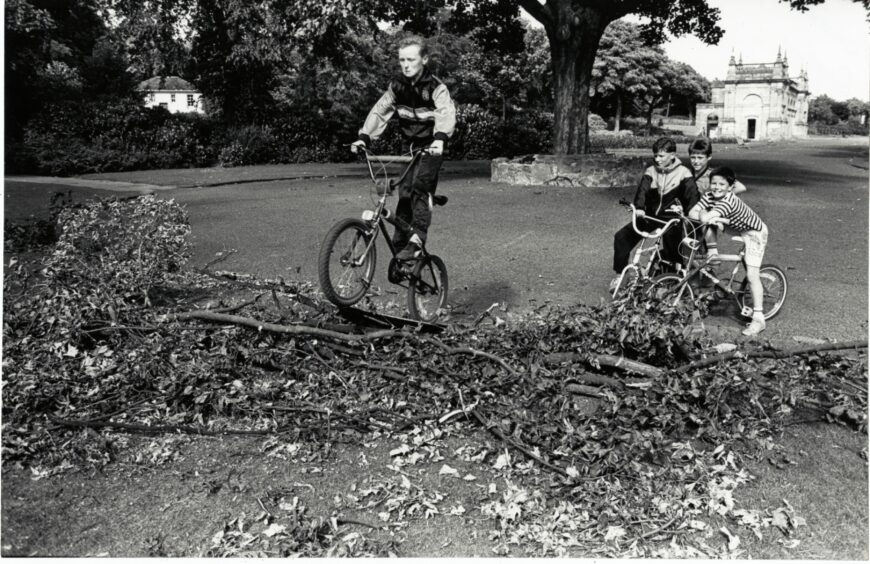
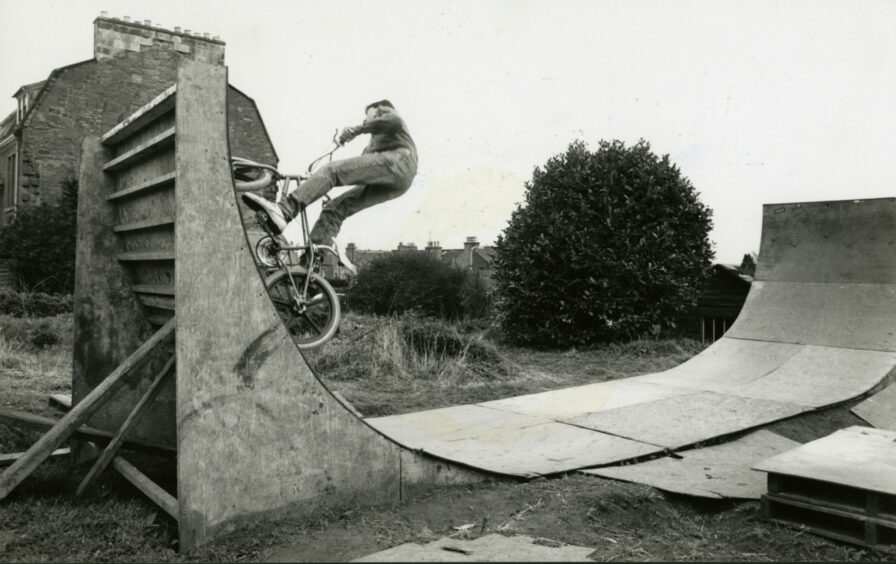










Conversation